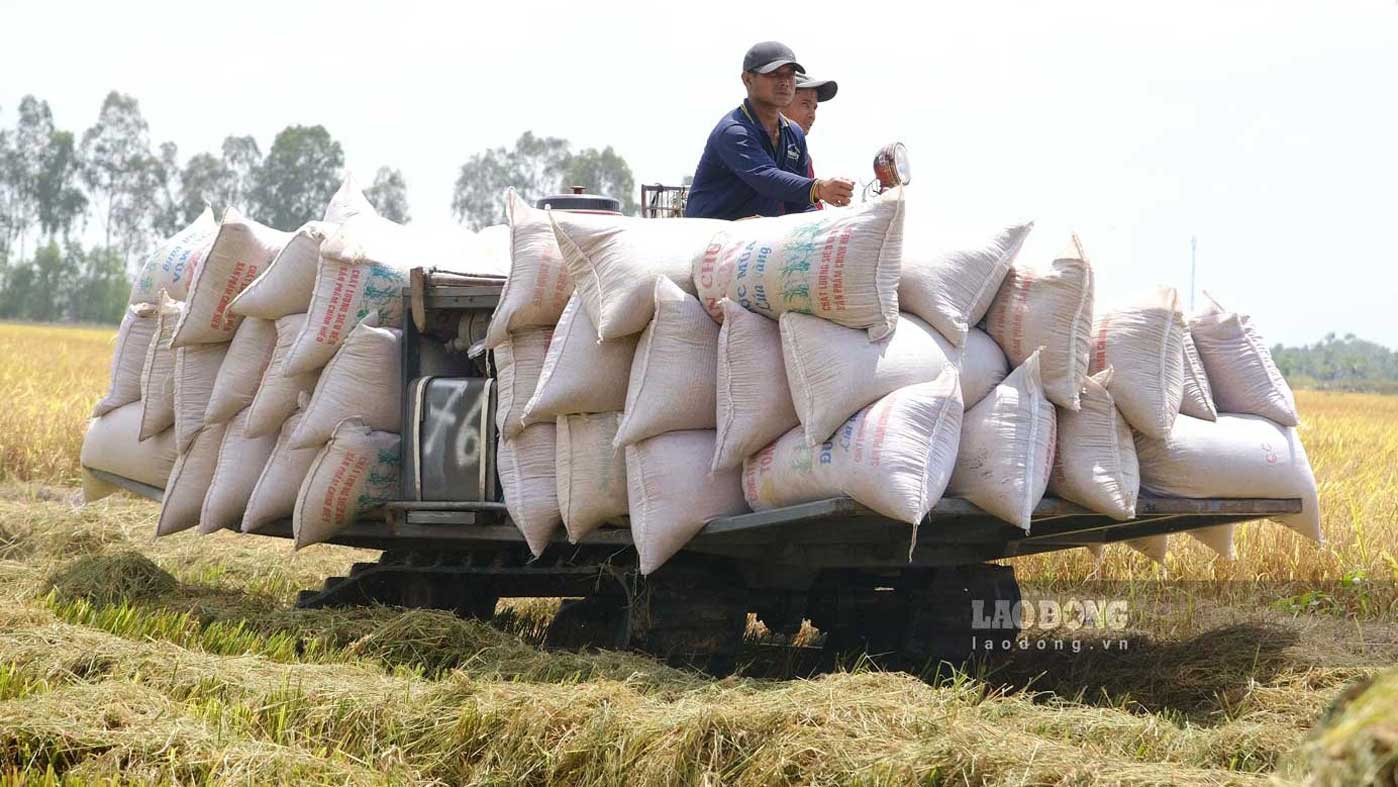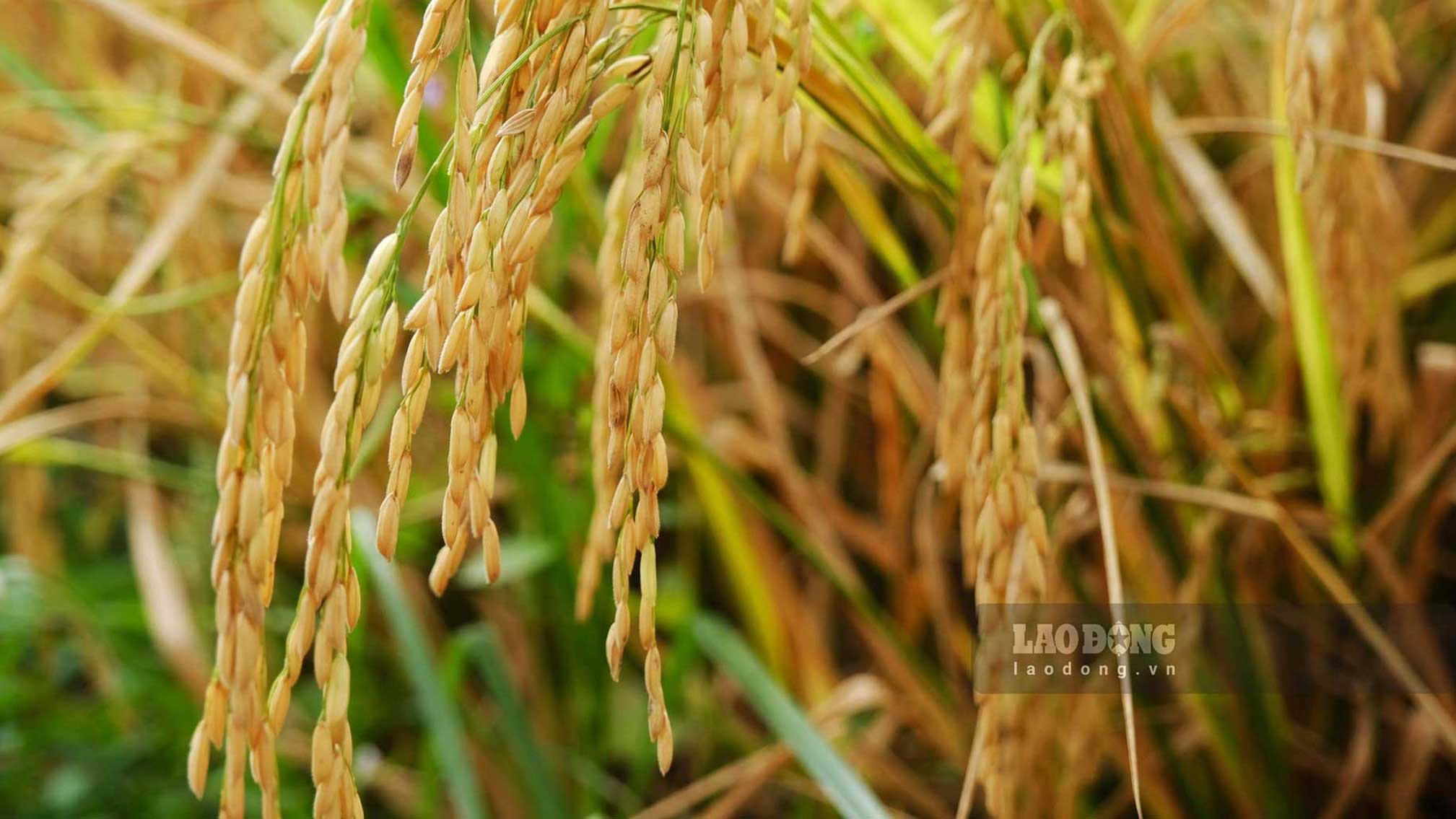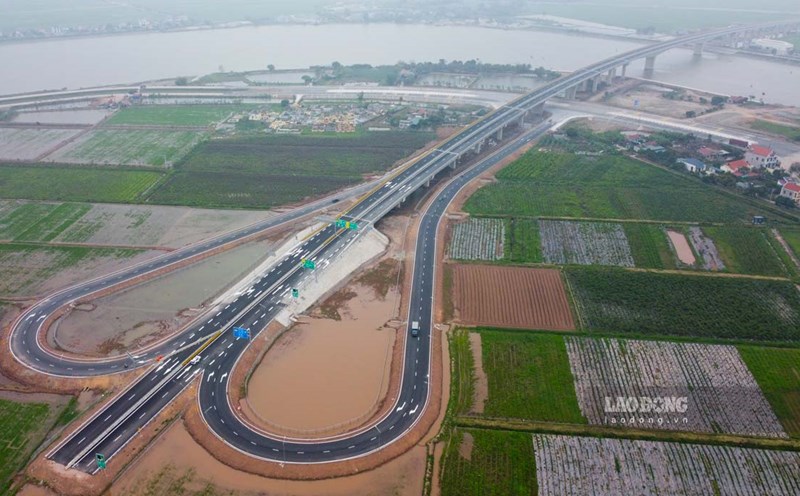High demand for capital
Mr. Duong Van Sieu - Thuan Thang Cooperative (Thoi Lai District, Can Tho City) - said that the cooperative has participated in models and projects on rice and rice production according to sustainable standards, reducing emissions. To effectively implement these models, investment capital for automation is very necessary.
Propagating rice according to new models, we hope to reduce input costs, increase productivity and sell at high prices. Sources are one of the initial factors for us to do that. We are in the process of learning about lending policies, conditions, and interest rates but still have difficulty accessing capital, as well as worrying because the cooperative does not have mortgaged assets, said Mr. Sieu.

Sharing at the workshop "Shaping Vietnamese rice grains in the new era" held in Can Tho City recently, Mr. Truong Manh Linh - Executive Director of the Rice Industry, Tan Long Group - said that access to capital, especially mobile capital in purchasing, production and export of the group, is still quite favorable.
However, medium and long-term capital to invest in machinery, equipment and post-harvest drying kilns needs to have better policies for businesses to access. Regular investment in this system will help minimize post-harvest losses when farmers and raw material areas bring rice to dry and store.
Agricultural insurance needs to be easy to access
Regarding the issue of capital sources, in reality, the banking sector has implemented many solutions, accompanying policies and mechanisms to support the development of the agricultural economy in the Mekong Delta region.
Mr. Tran Quoc Ha - Acting Director of the State Bank of Vietnam (SBV) Branch of Region 14 - informed that in the past time, the SBV has implemented many solutions to support businesses in developing production and issued many documents directing the focus of capital to meet the production and business needs of businesses and people.
As a result, by the end of December 2024, outstanding loans to agriculture, rural areas, and farmers in the Mekong Delta region were VND202,000 billion; outstanding loans to the rice industry were VND121,000 billion, accounting for 55% of outstanding loans to rice credit nationwide.
In addition to the achieved results, credit investment in the area still faces some difficulties and challenges such as risks from climate change; downward pressure; fierce competition from markets; 95% of businesses in the Mekong Delta are small and medium enterprises, so financial information is not transparent, affecting lending by bank loan...

In the coming time, the banking industry will continue to implement credit programs; closely direct the implementation of credit work, improve credit access capacity, ensure smooth credit supply according to the motto "No customers have feasible plans, eligible loans without access to capital"; advise the People's Committee of the province and city to direct and implement currency and credit solutions in the area, continue to improve the efficiency of coordination mechanisms in the area to open the development of rural and rice agricultural economy and rice.
Mr. Nguyen Dinh Thang - Vice Chairman of the Vietnam Statistics Association, Chairman of the Board of Directors of Hong Co Technology Company Limited - assessed that agricultural lending is at risk due to the impact of natural disasters, floods, and pests. Agricultural insurance has been implemented before to reduce risks but is somewhat rigid.
Mr. Thang said that agricultural insurance should be divided into many levels and the minimum level must compensate for some of the risks for farmers. Level 2 needs to compensate 100% to make it easier for farmers to access as well as ensure safer security for joint stock commercial banks in preserving capital...











